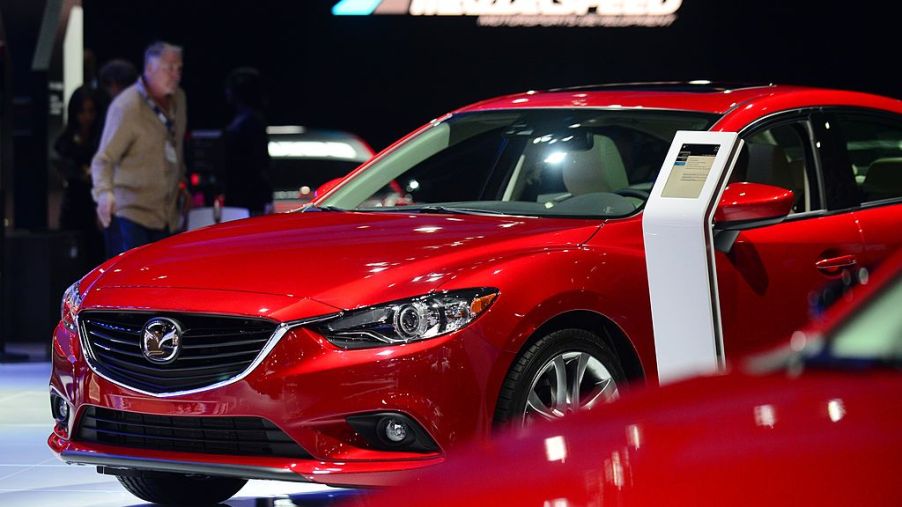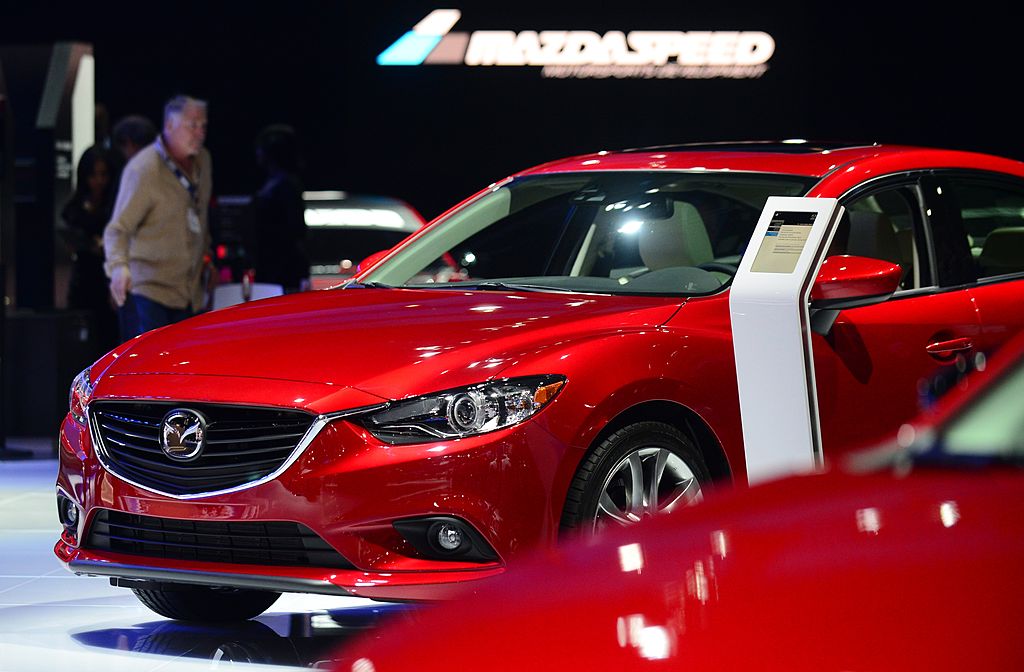
Why the 2004 Mazda6 Is the Worst Model Year
Mazda owners love their Mazdas, but not all Mazda vehicles were made equal. Mazda, despite being a great automaker, has made a few mistakes in the past. And, while the Mazda6 is a generally great car, it’s also had a few bad years. Here is the worst Mazda6 model year that you should reconsider buying.
The 2004 Mazda6’s worst issue
As Car Complaints said, the 2004 Mazda6 was the most troubled model year for the car. However, Car Complaints also says that despite its flaws, the 2004 Mazda6 is still a pretty good car as it earned a “Seal of Pretty Good” from Car Complaints. Despite this fact, it still is the worst model year of the Mazda6, so you may want to consider buying a different model year instead.
The most problematic area in the 2004 model had to do with its engine, according to Car Complaints. Just before the car gets to 100,000 miles, many owners reported that their 2004 Mazda6’s engine failed. Obviously, this is a big problem to have, and it’s also a very expensive issue to solve. While some owners opted to just buy a new car, others replaced the engine. Both of these options are expensive, and the owners that replaced the engines paid, on average, about $3,800.
Car Complaints also reported other minor engine issues with the 2004 Mazda6, but fortunately, none of those issues were too common or too severe.
The 2004 Mazda6’s airbag problems

Just like many other automakers who used Takata airbags in their cars, the 2004 Mazda6 also had those same airbag problems. Sometimes, these airbags would fail to deploy, and other times, the airbag would rupture and explode. Fortunately, most 2004 models were involved in the massive recall campaigns that tried to get these airbag issues fixed.
According to Car Complaints, the average mileage of the 2004 Mazda6 vehicles that reported having airbag issues was just 12,000 miles. And fortunately, unlike other cars that had to go through a Takata airbag recall, Car Complaints says that while four crashes, one car fire, and five injuries were caused by this issue, at least nobody died from it.
Unfortunately for those 2004 Mazda6 owners, the majority of the complaints that they reported was that repair shops couldn’t fix these faulty airbags in a reasonable amount of time, which basically left their Mazda6 as unsafe to drive for a while. While a certified pre-owned 2004 Mazda6 may have fixed these airbag issues, other 2004 Mazda6 models on the market may not have fixed their airbags just yet.
The 2004 model’s other issues
Car Complaints reports that the 2004 Mazda6 had a lot of other less common and relatively minor issues. For example, some 2004 Mazda6 owners reported that their brakes weren’t working as well as they should. While this may seem like a serious safety issue, Car Complaints actually reports that only one crash was caused by this problem. No car fires, injuries, or deaths were the result of this braking problem.
In 2009, Car Complaints also said that the 2004 Mazda6 was involved in three small recall campaigns. Two of those recalls had to do with aftermarket parts that were added onto the car. These recalls affected the 2004 Mazda6 models with aftermarket roof-mounted load carriers and aftermarket combination lamps, both of which Car Complaints said could be a hazard.
The other recall in 2009 that affected the 2004 Mazda6 had to do with its replacement headlamps and amber reflectors. Car Complaints said that those parts could lead to drivers having lower visibility, which may cause a crash. That said, ultimately, these three recall campaigns were small, and they only affected less than 60,000 cars in total.



